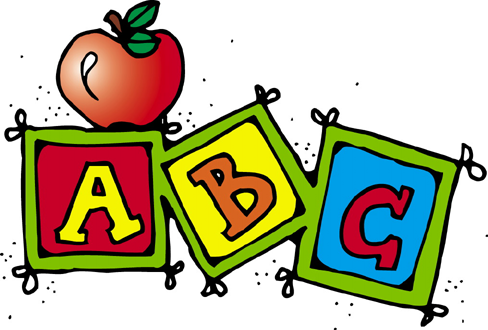Are you gamifying learning? Are you open to MOOC as a complementary student learning aid? Technology has overhauled the 21st century classroom with virtual classes and cloud-based software that can be used to enhance and enable students’ learning.
While several large-scale Ed Tech tools are still not affordable for many educators and schools, here are 7 cost-effective technological tools that will streamline your teaching practices and help your students become more engaged in the classroom.
Gamification
This is not a new concept, but it is gaining a lot of attention these days. Gamifying our learning means approaching knowledge through gaming mechanics and rules. This can be achieved either by using the format of an actual game, or by setting up a game-like environment or learning process.
For instance, using this method students get to win badges and other recognition rewards for learning their algebra or getting their science project done on time. Gamifying is essentially a way of motivating learning, and it’s a concept that’s easy and cost-effective to implement in the classroom.
MOOCs
Massive Open Online Courses give people access to priceless, immediately relevant knowledge on just about any subject. From web design to philosophy, physics to the arts, your students can take advantage of free online courses delivered by prestigious universities and professors. This is something that you can use to complement their classroom learning, or the students can use it as a side project.
Mobile Technology
Smartphones, tablets, ereaders, PDAs – all of these devices enable mobile learning, and you should be using them in the classroom now. Use Twitter for a Q&A with another school’s professor, or access an ereader to purchase books at a lower price.
eLearning
From spelling programs to mobile apps and MOOCs, elearning is an umbrella term that covers any learning activity that takes place on a device or on line. eLearning has many forms currently, and it is constantly evolving. This modality will continue to encompass even more concepts, tools, and technologies over time, all in the service of learning and knowledge. Chances are you’re already using some form of elearning in your classroom; for example, you might be emailing students their assignments, or posting lecture notes online.
Blended Learning
Technology cannot replace the teacher, and it will not take the place of teaching practices and principles. It can, however, complement existing methods of teaching. Blended learning refers to the mixing of traditional and tech-enabled practices to facilitate learning in the classroom. An example of this would be live-streaming a class for absent students.
Autodidacticism
Self-directed learning is what knowledge acquisition may center on in a few years. Many adults and young students are already embracing self-directed learning as the means to acquire more knowledge faster and independently. Self-directed learning in the classroom lets students devote time to exploring and feeding their learning needs through independent studying and learning, mostly carried out online and through high-tech devices.
Asynchronous Learning
The web (and the cloud more specifically) provide ample space for asynchronous learning. This term refers to learning that is not happening in real time. It means all teaching materials are available outside the regular classroom hours.
Students can access notes, extra materials, projects, videos, lectures, and even assignments any time they choose outside the school hours and off school premises. It offers convenience, flexibility, and an intuitive way for accessing information.
Technology can be intimidating sometimes, but do make the first step to familiarize yourself with its capacities to overhaul your students’ learning experience and performance.
Have something to add to this story? Share it in the comments
(Visited 39 times, 1 visits today)


